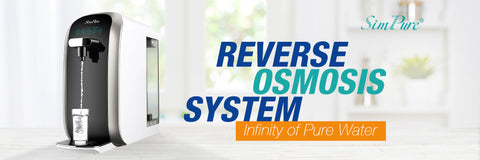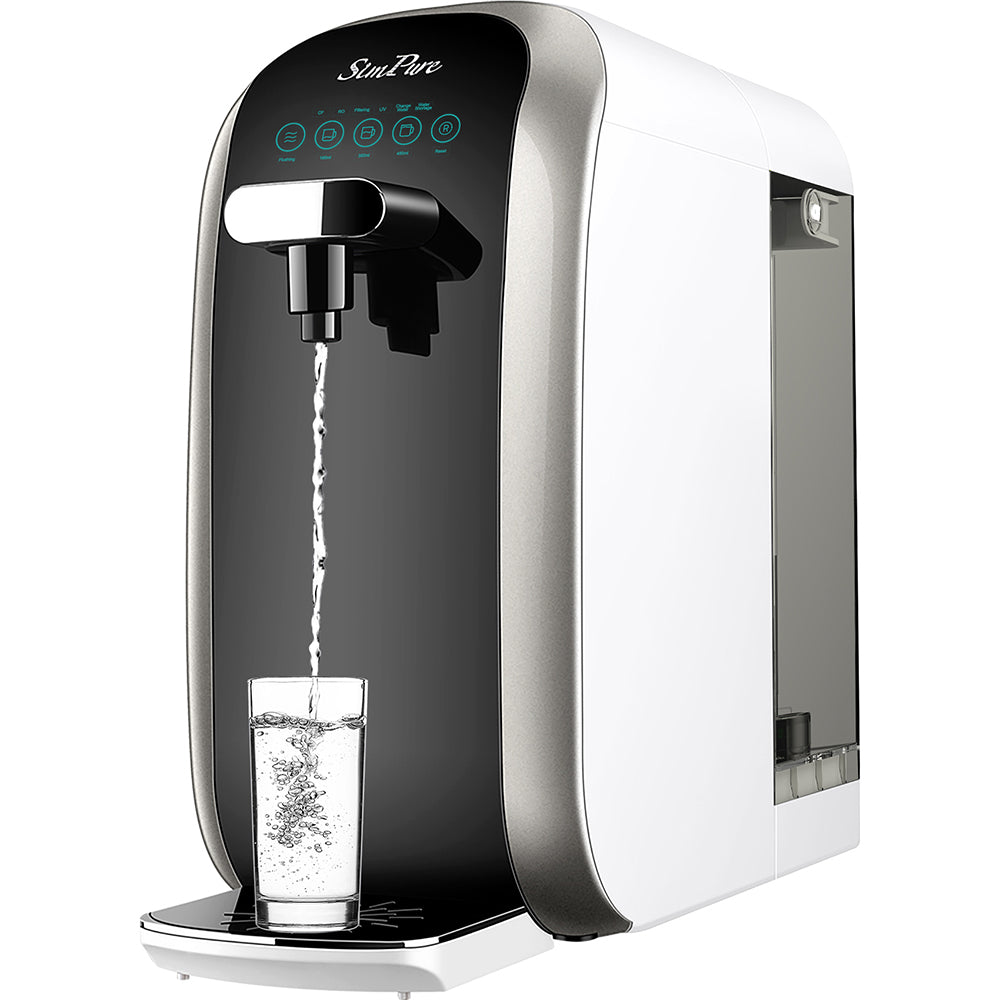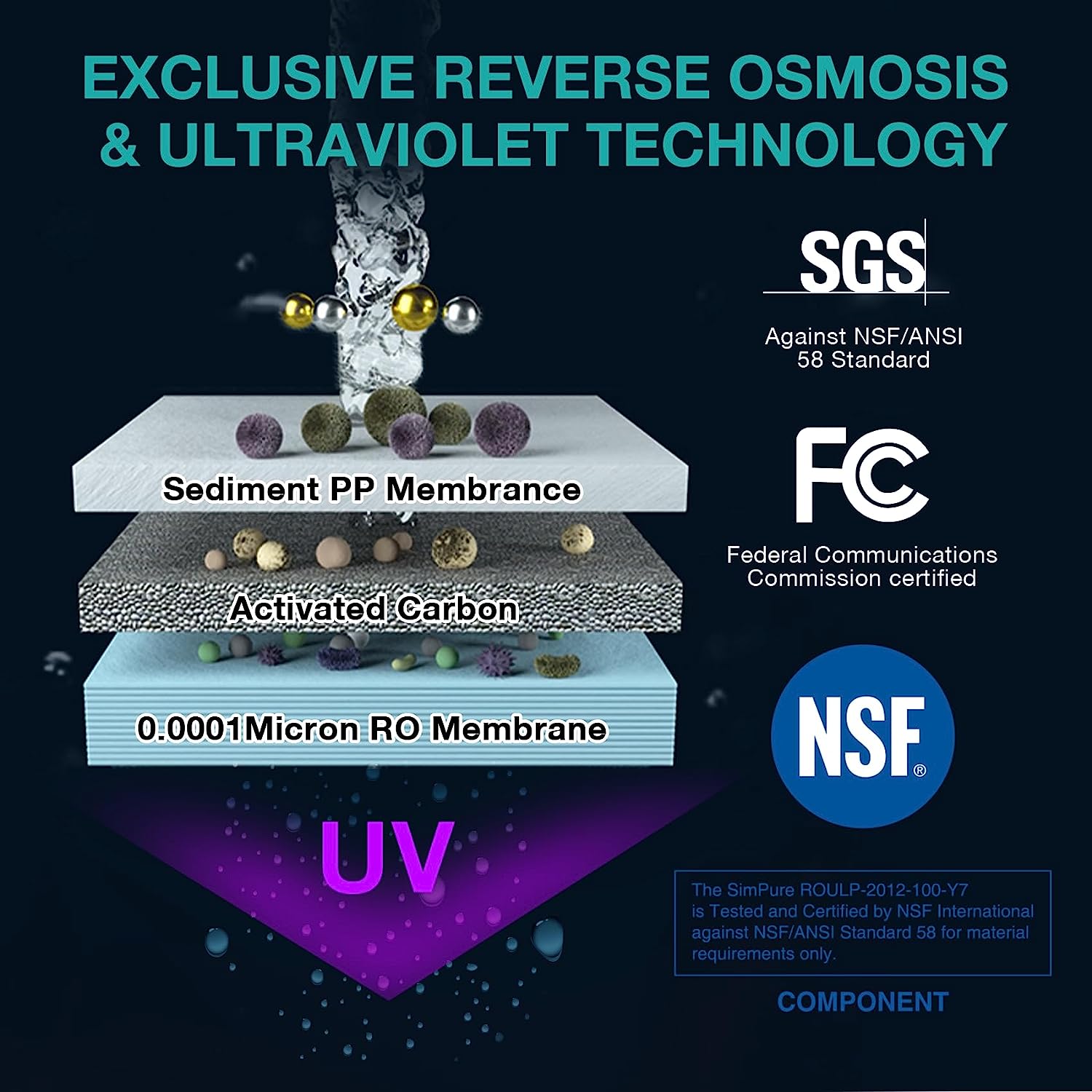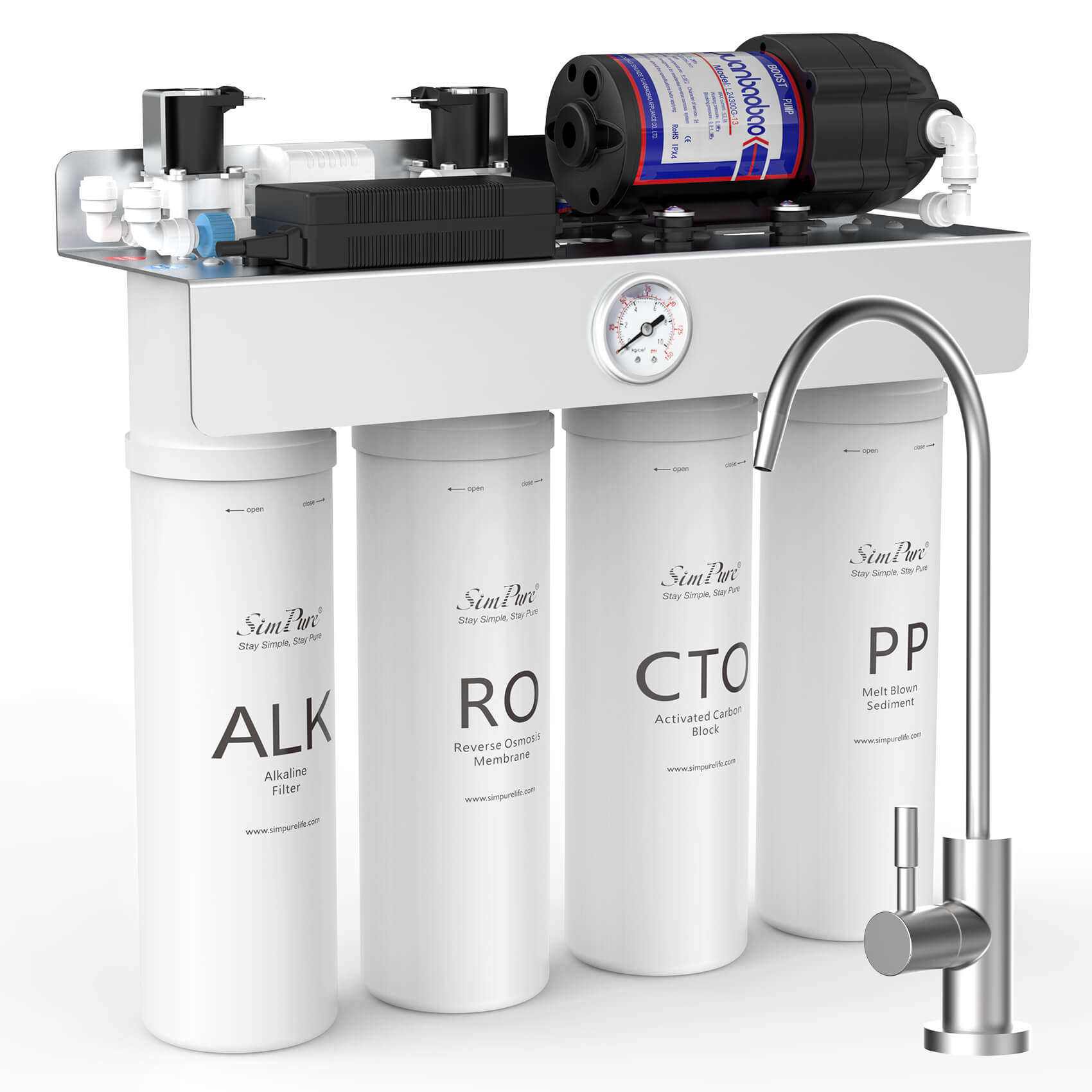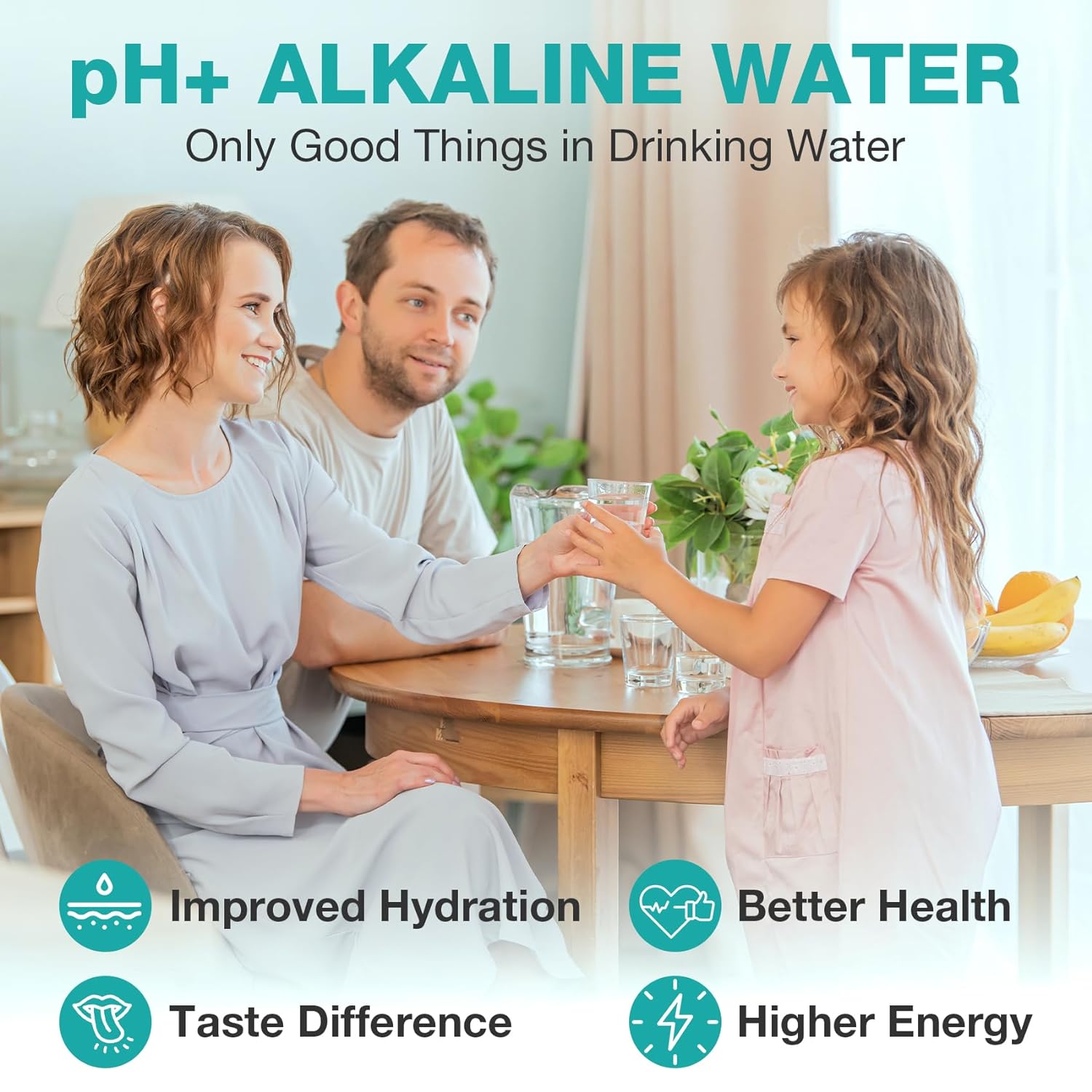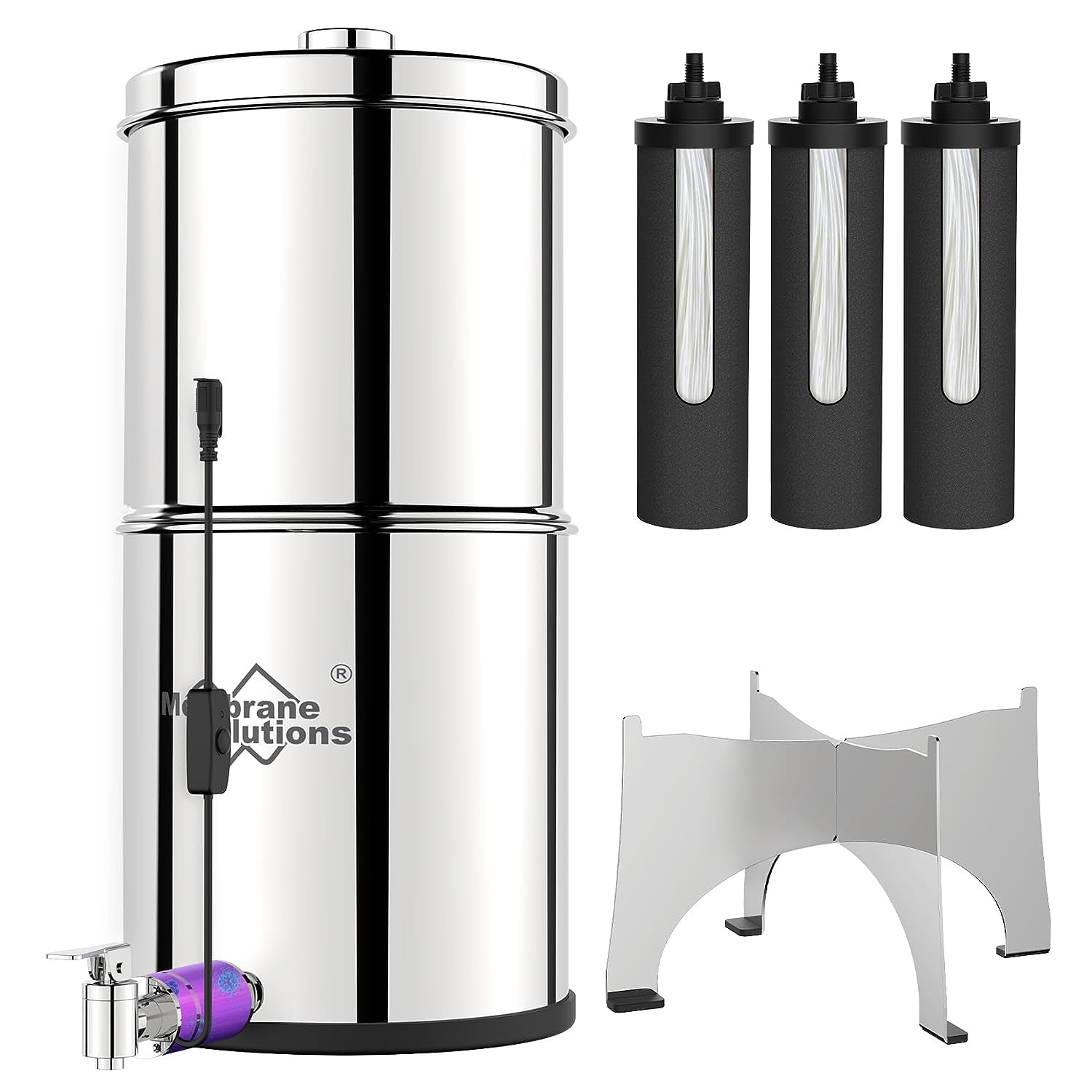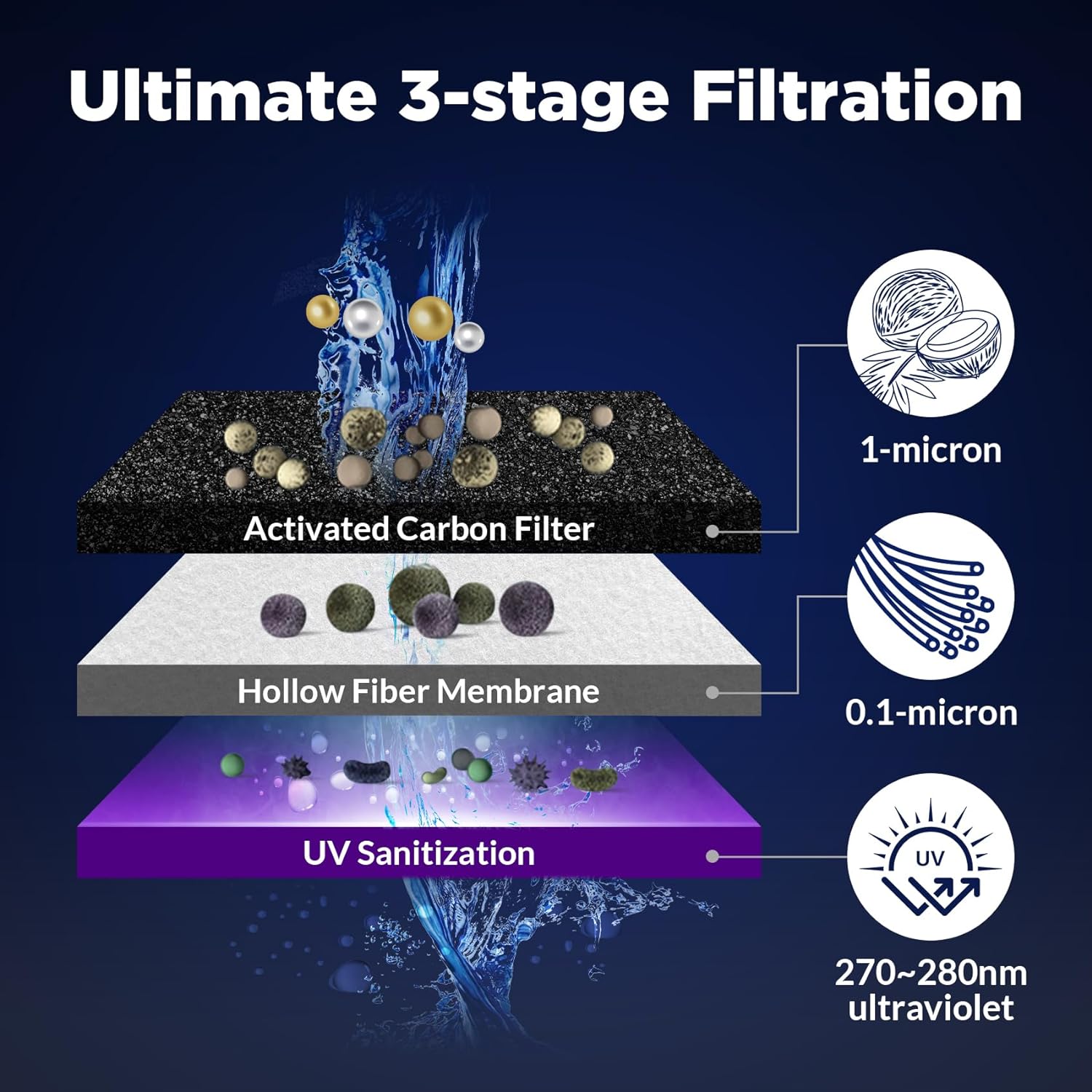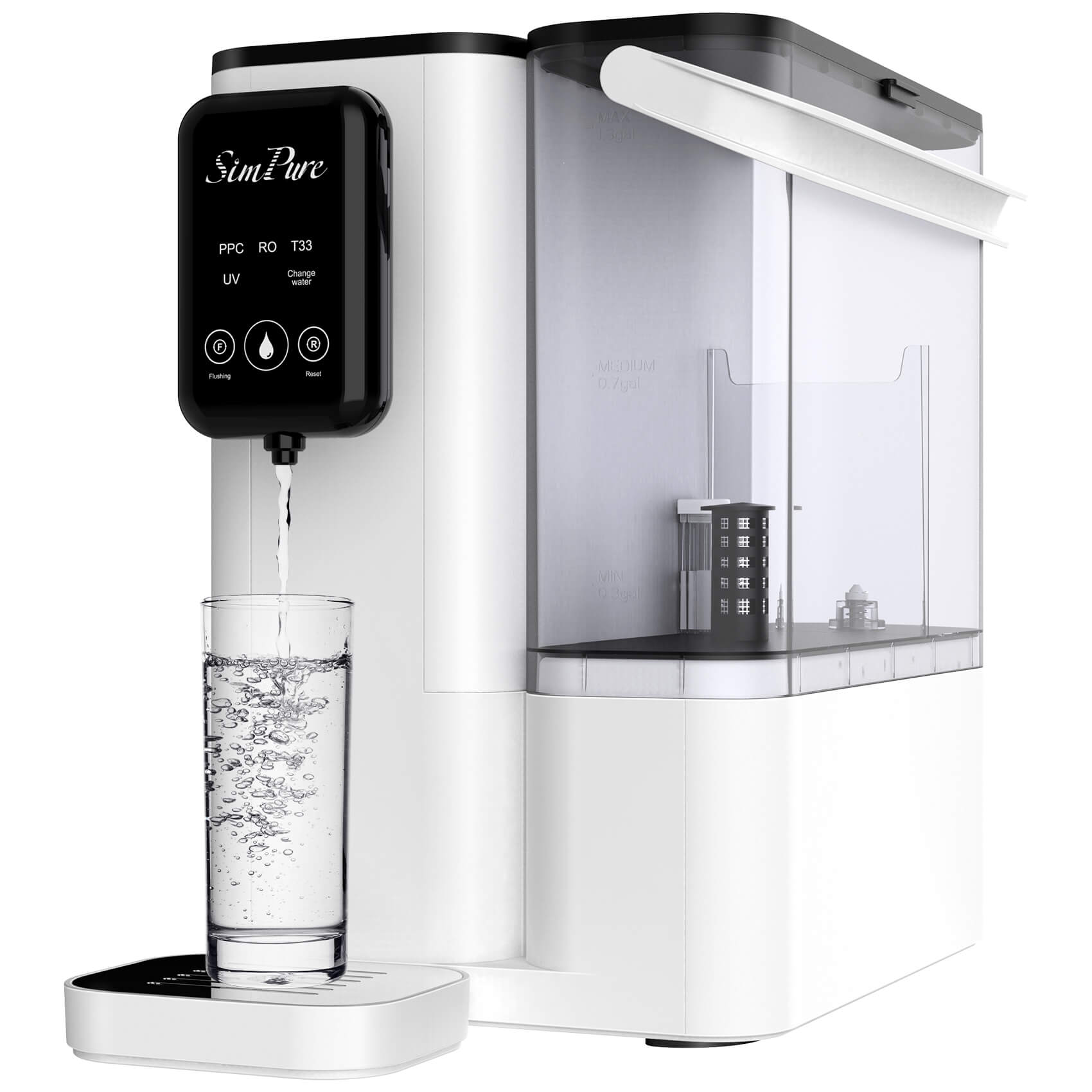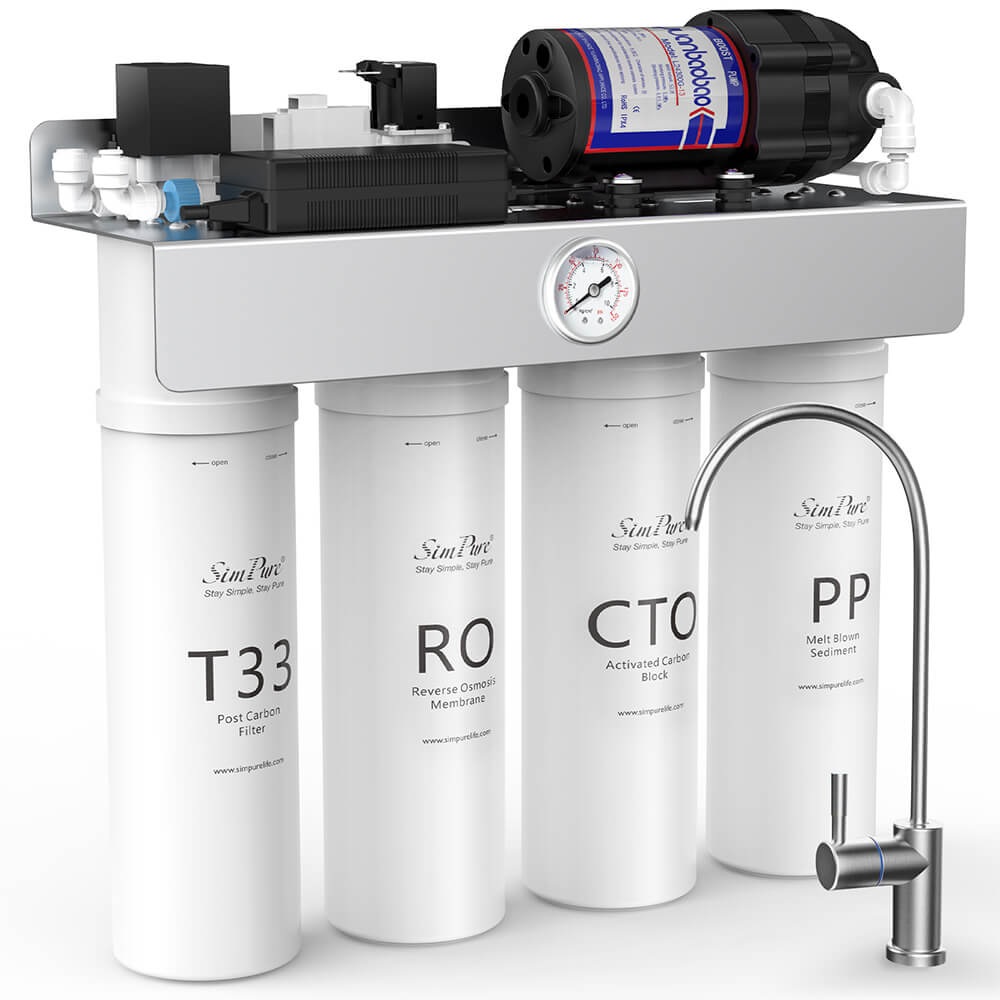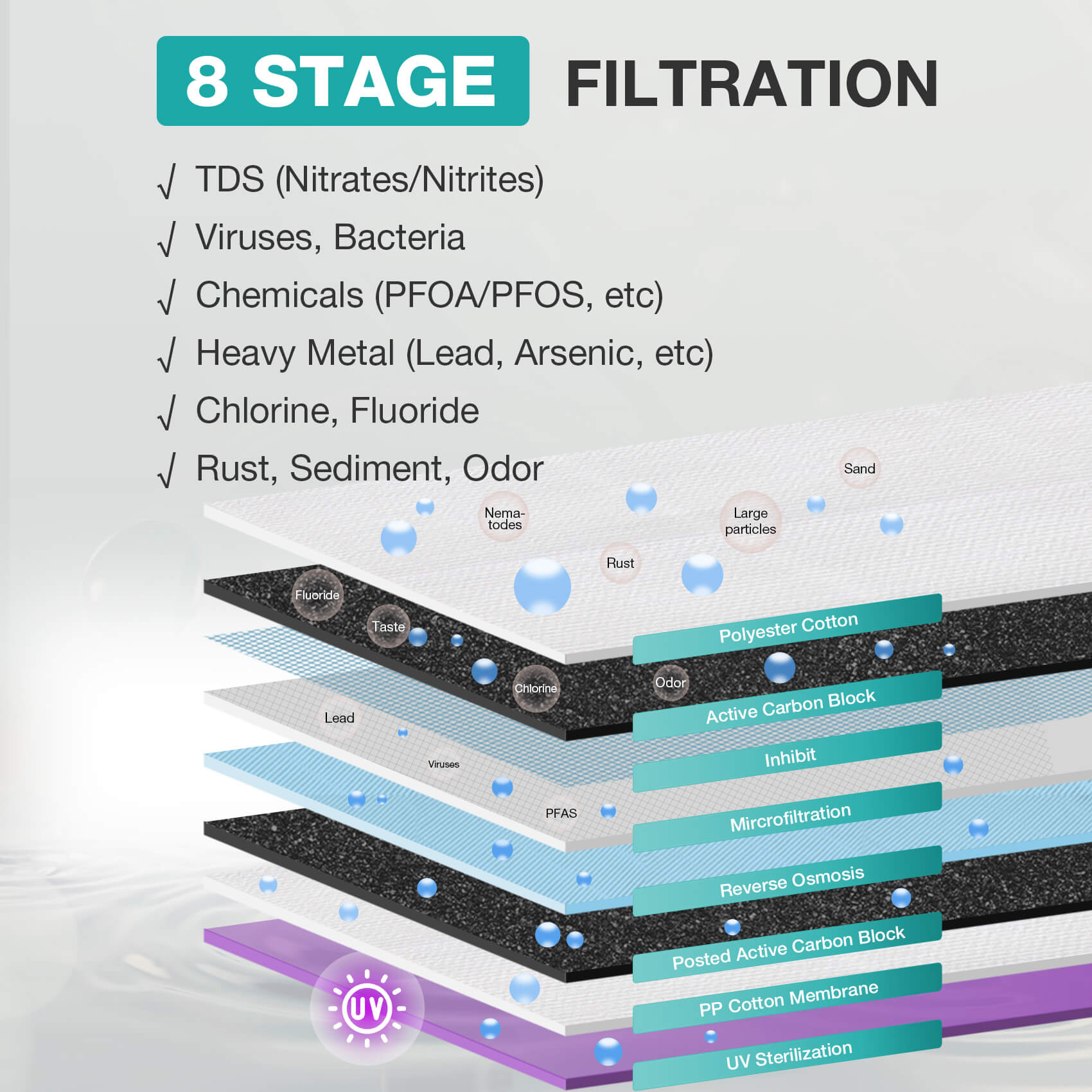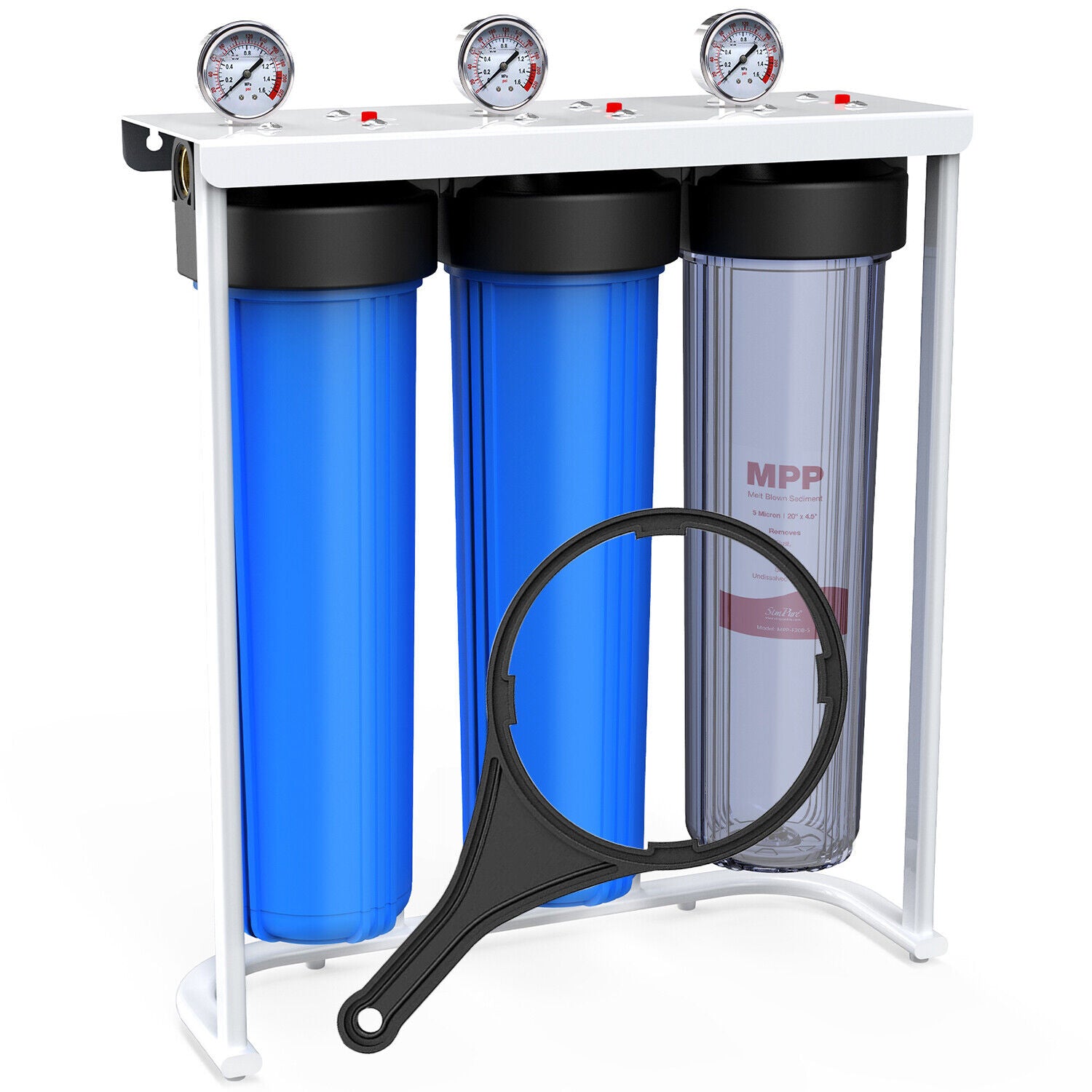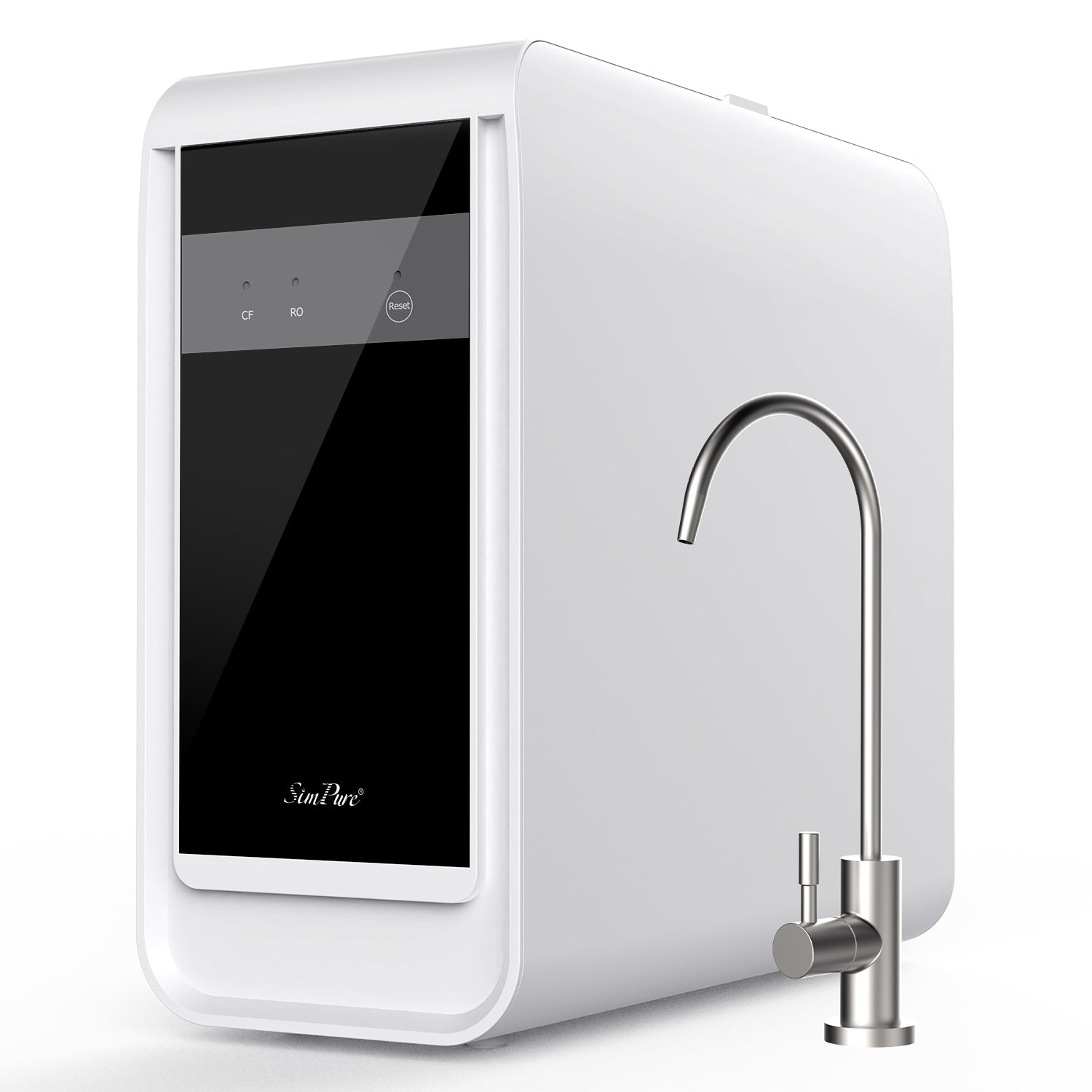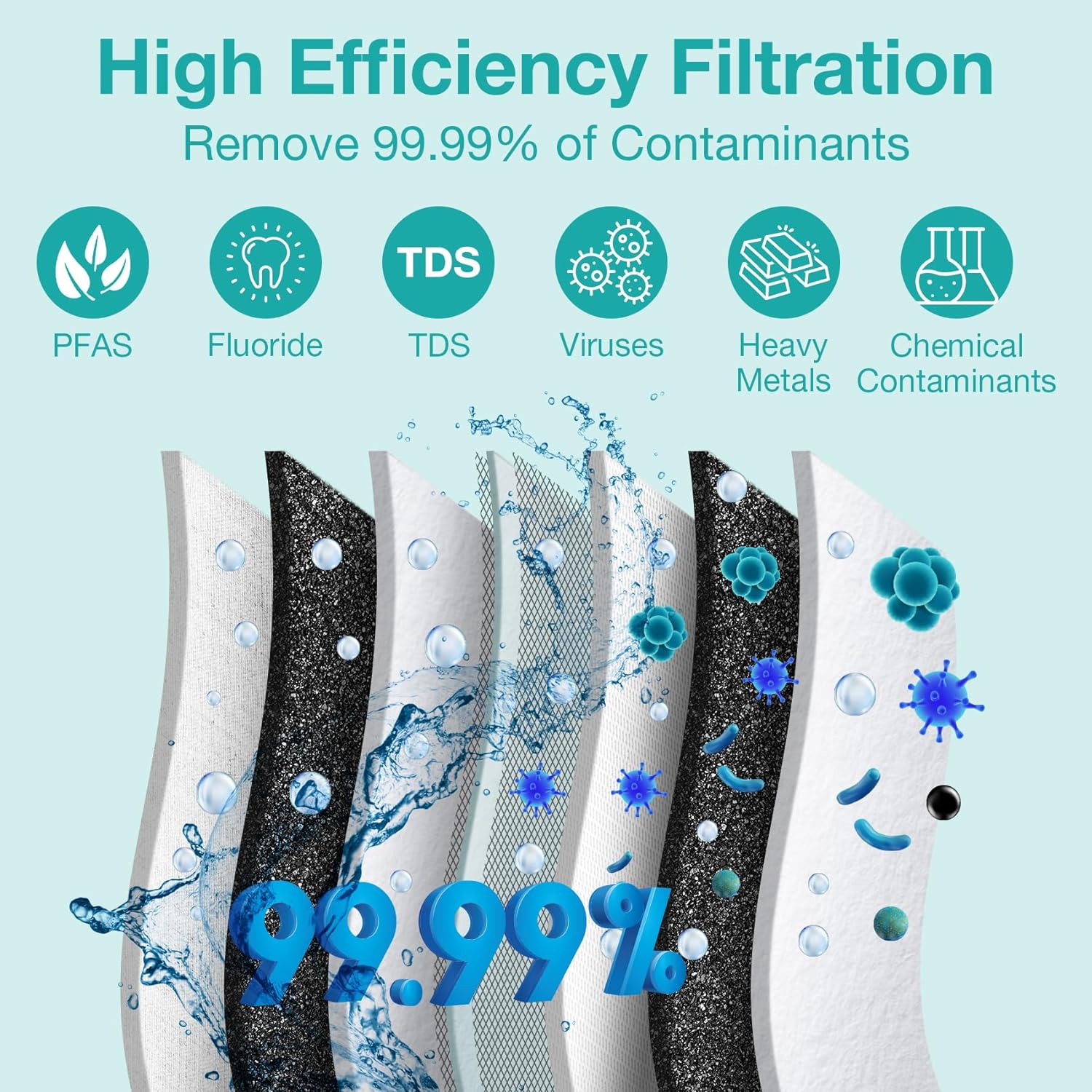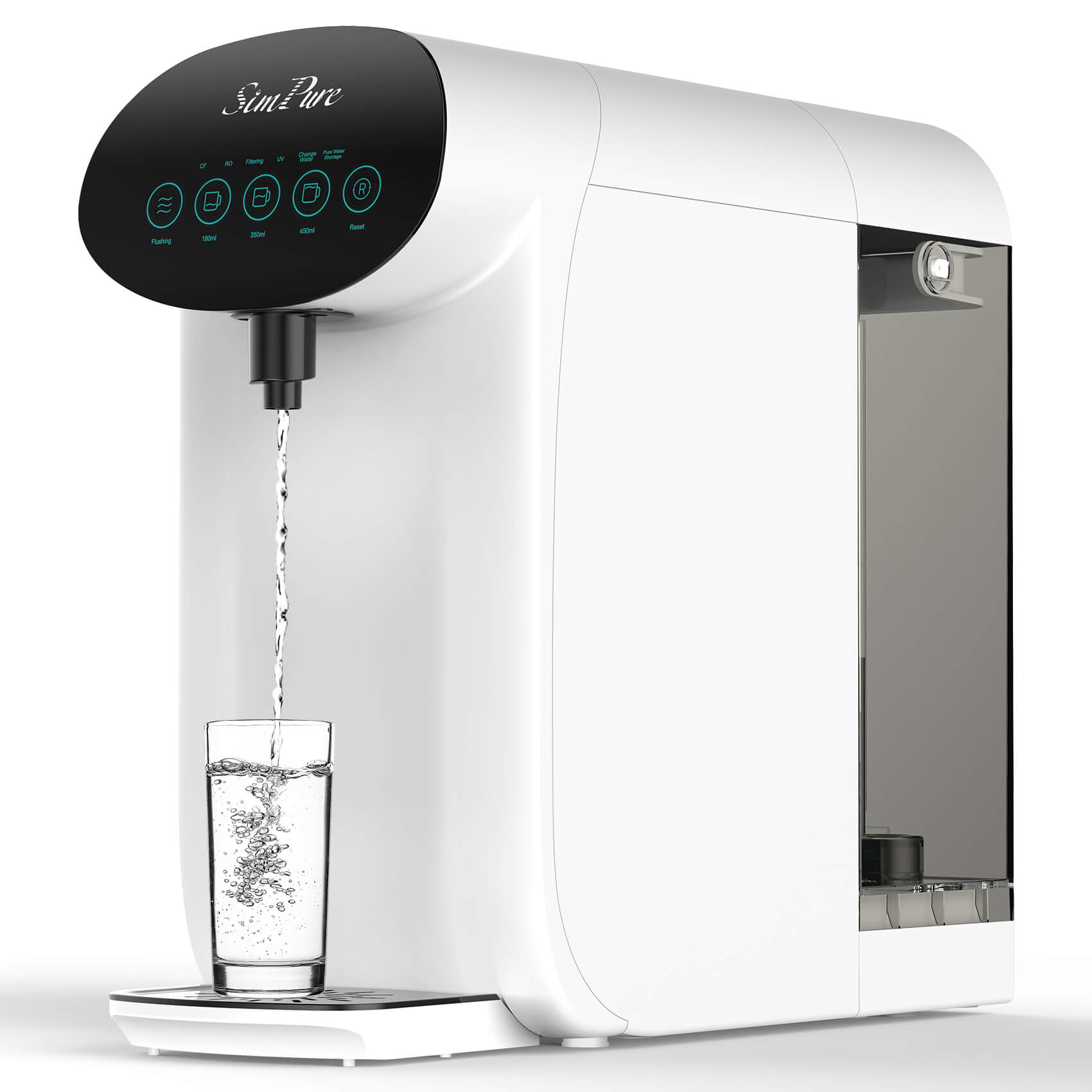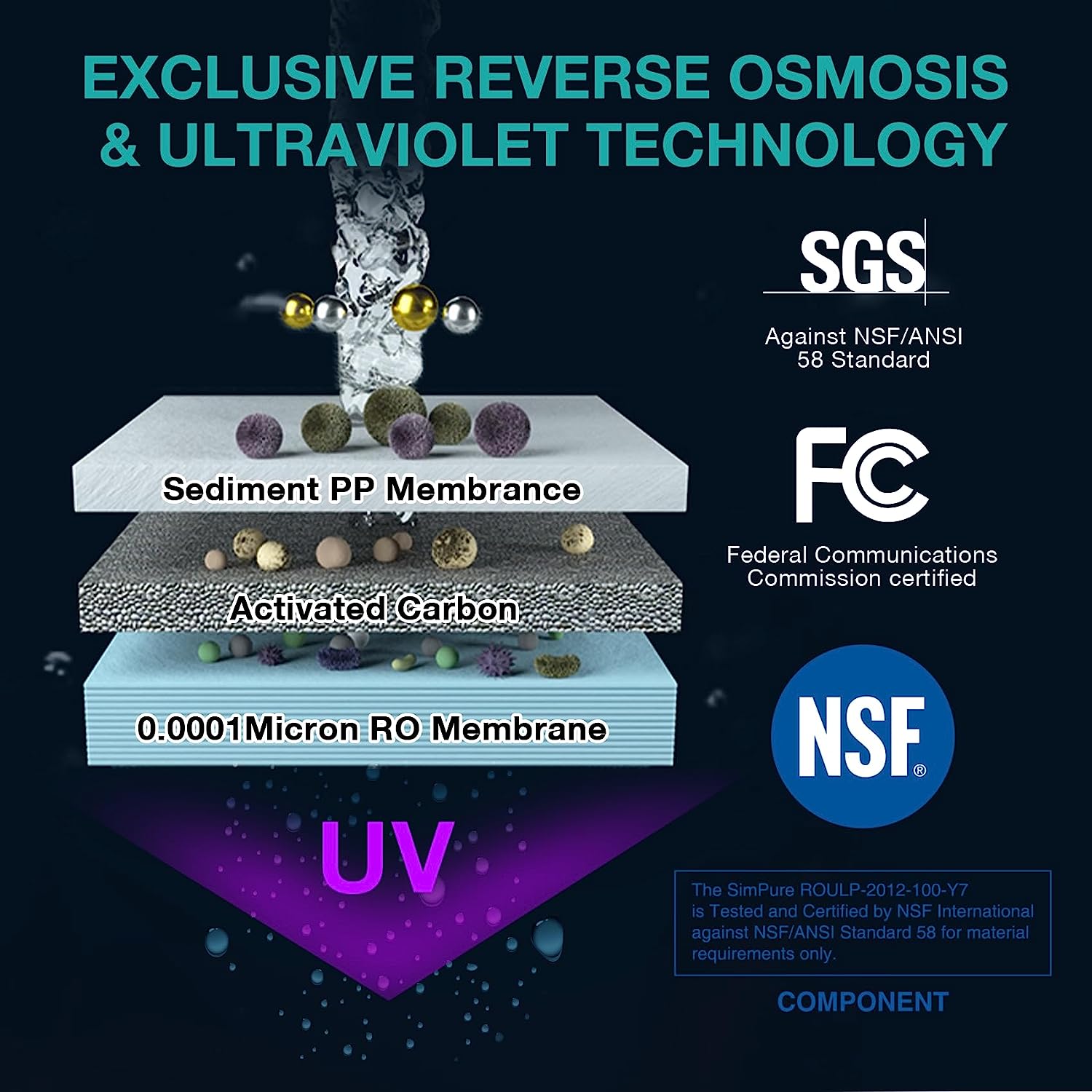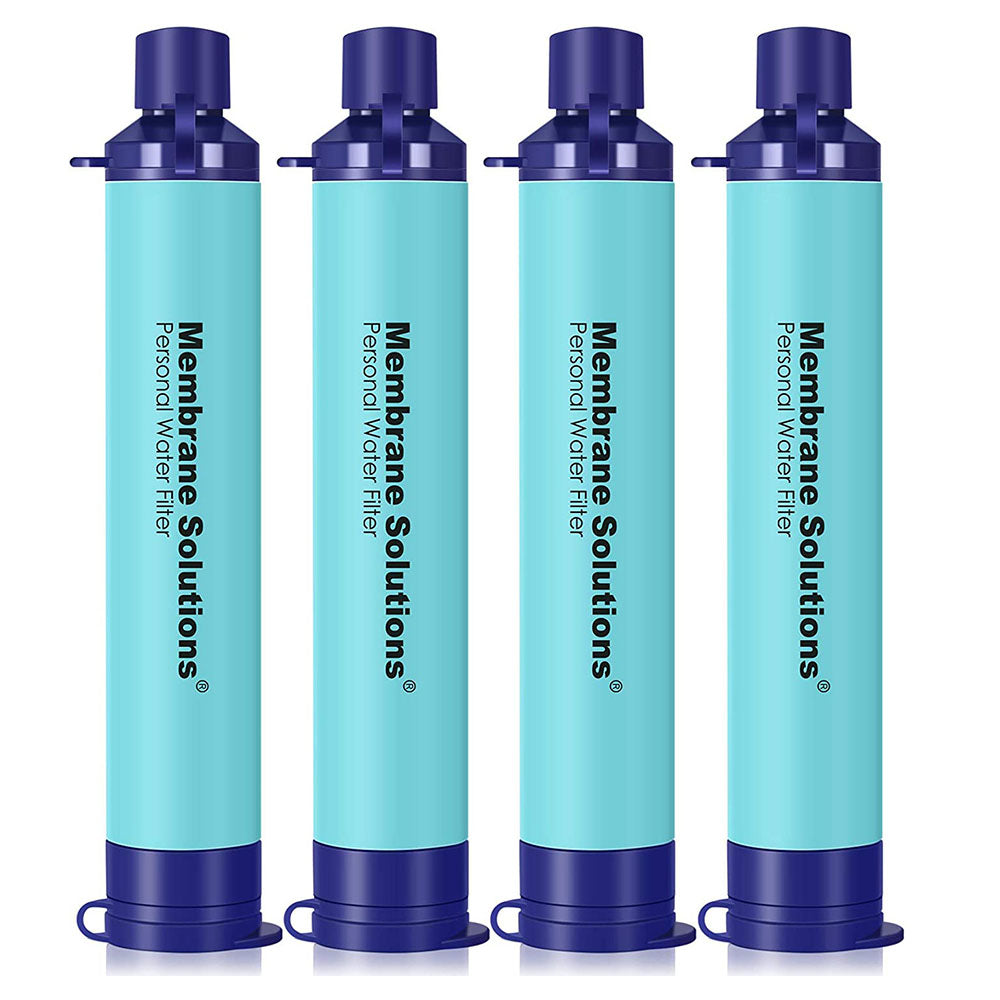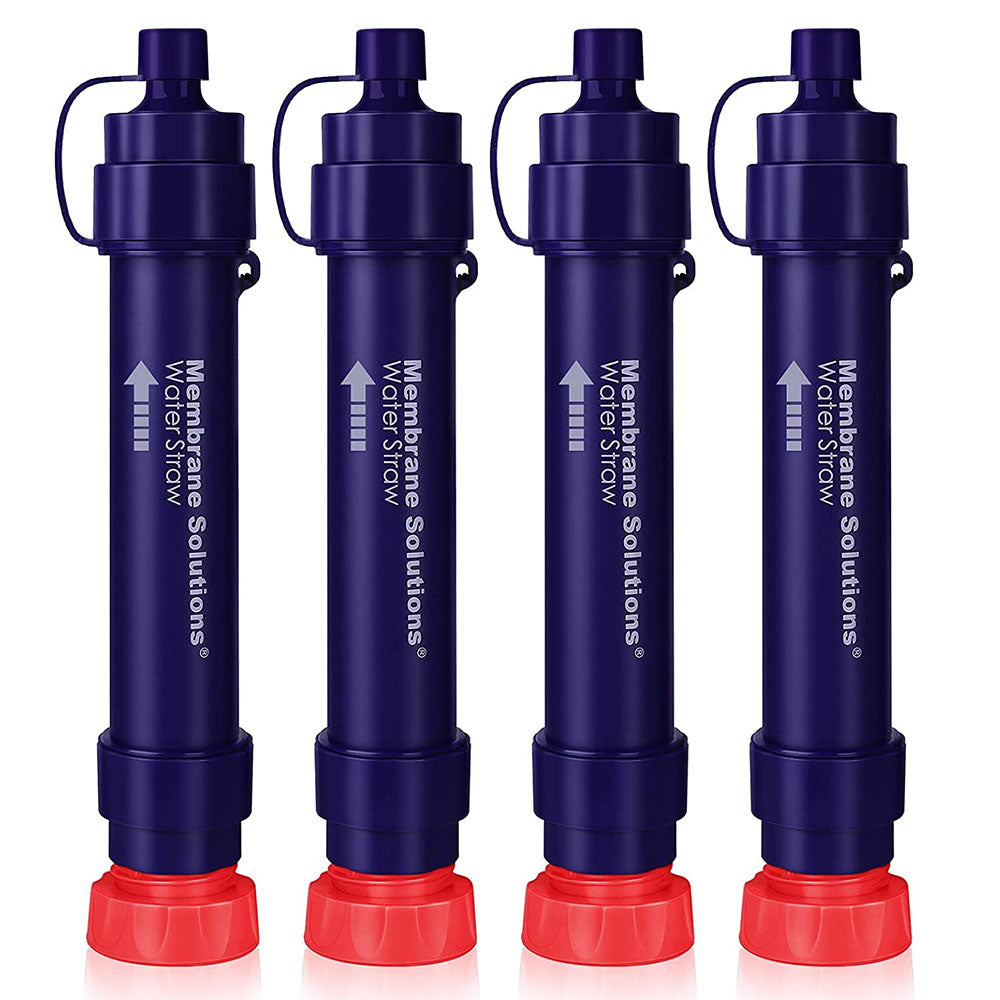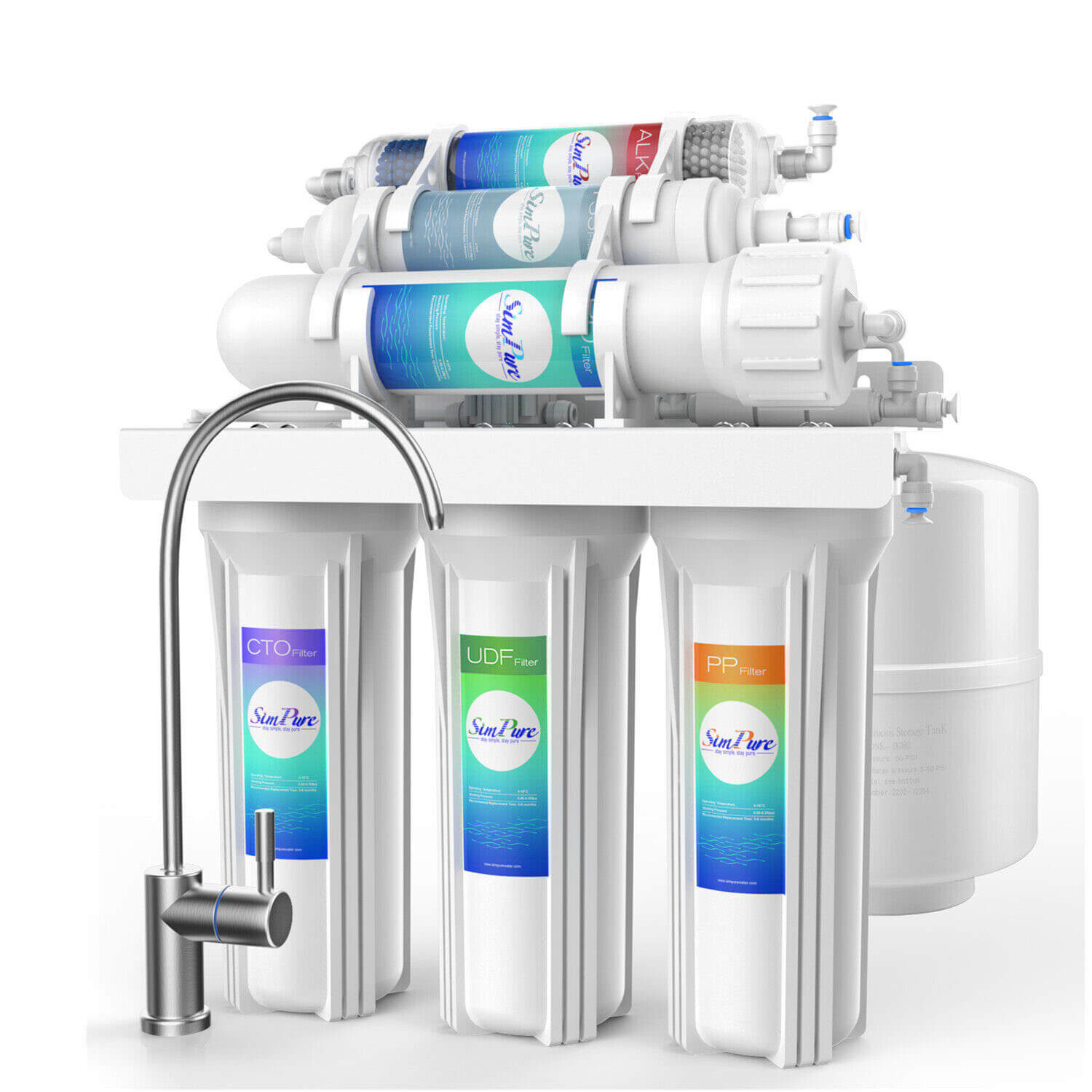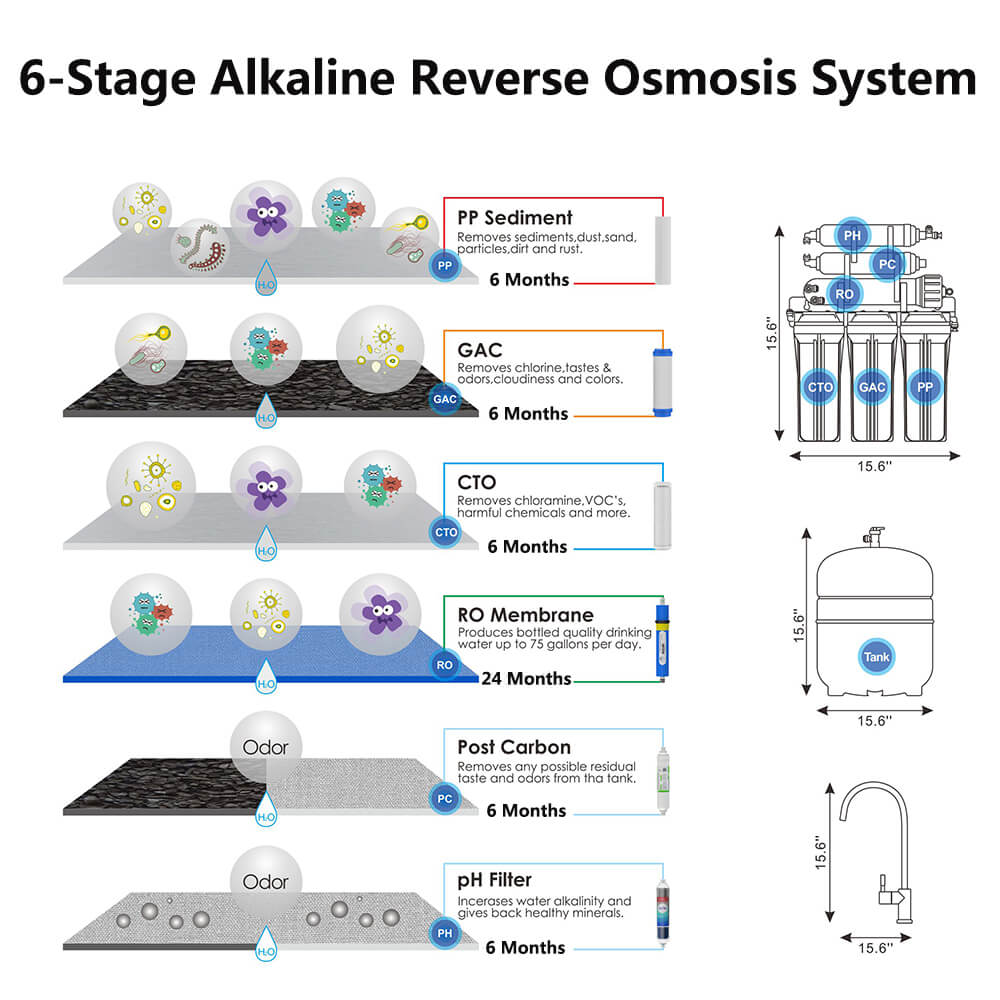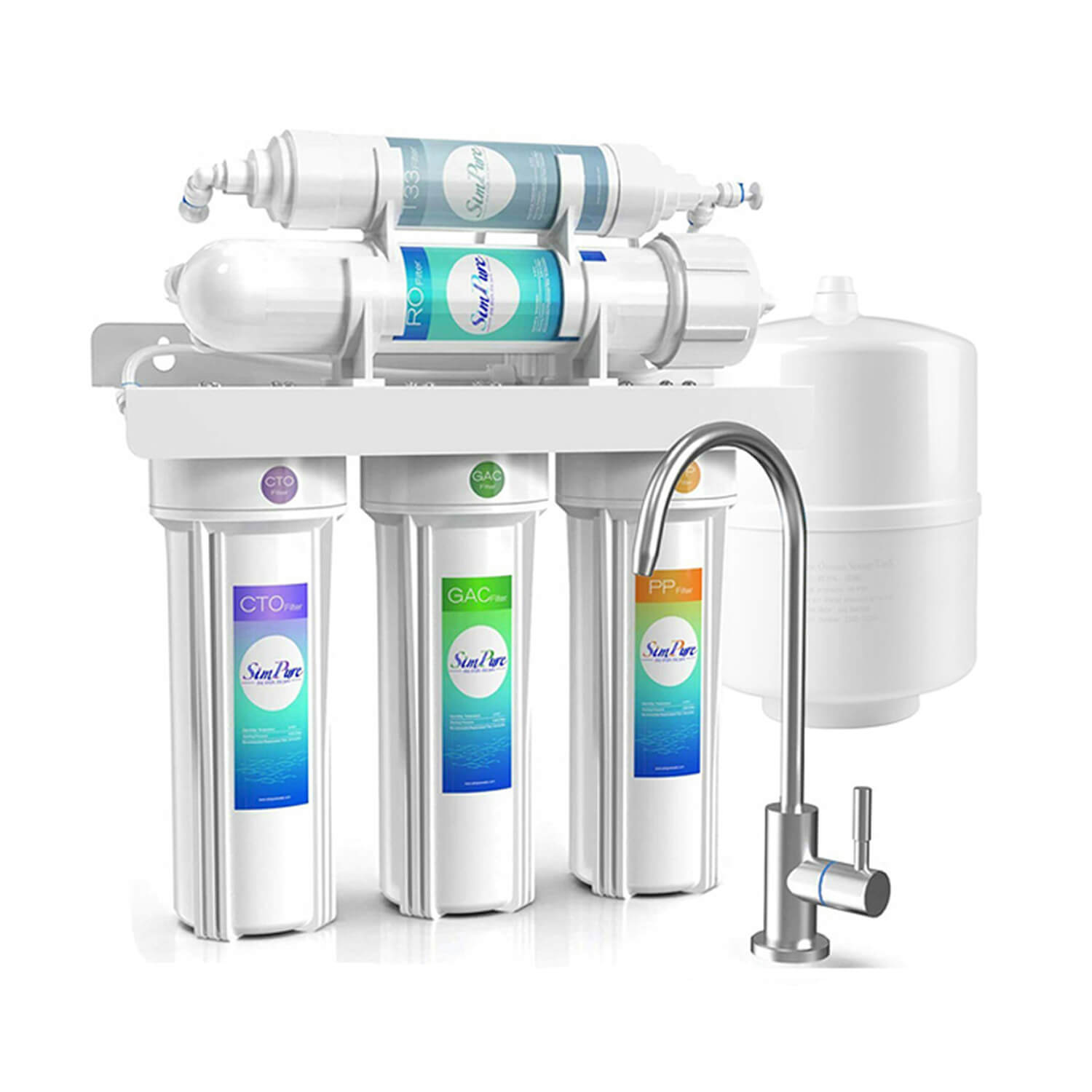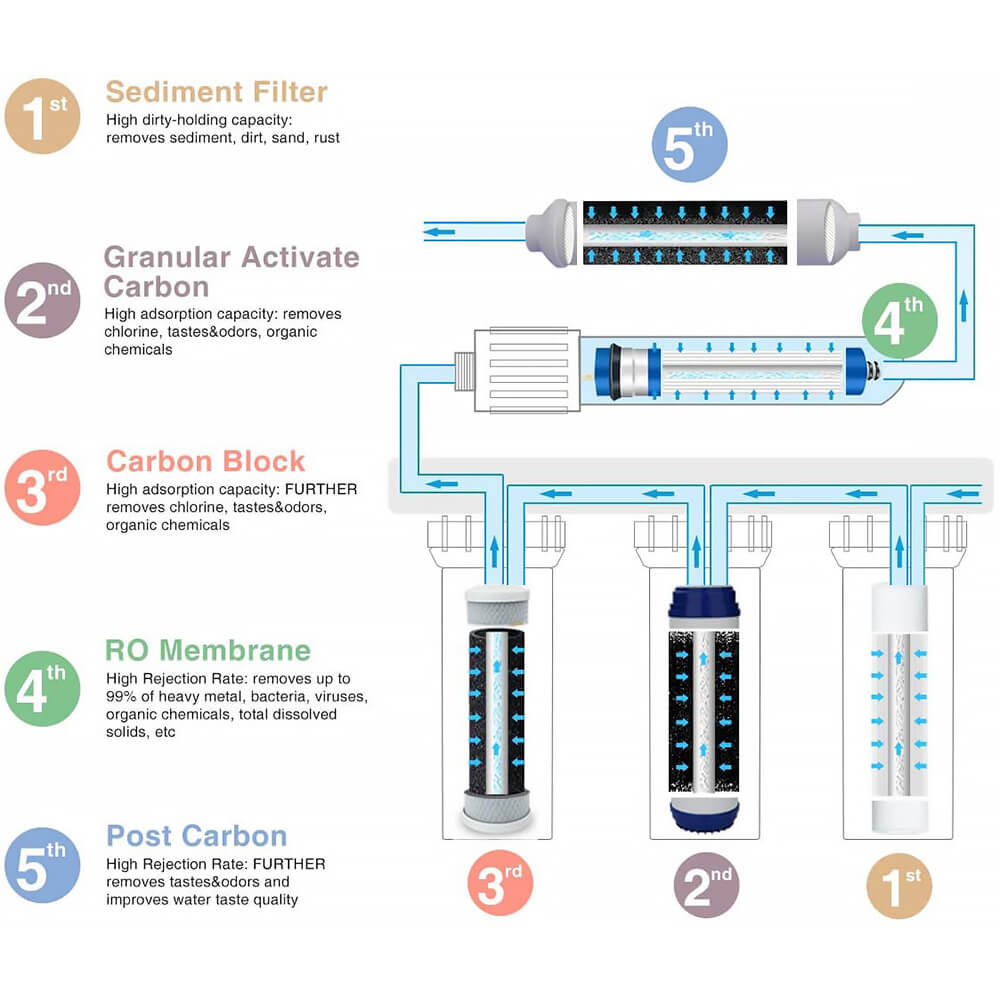In recent years, with the development of industry and the increase of human activities, a large amount of wastewater and urban domestic sewage containing heavy metals have been discharged into rivers. So how to remove heavy metals from water naturally at home? Some one may have the answer- water filters. But how is the removal effect of different water filters? Let's see which heavy metal removal methods can be used to remove heavy metals from water at home in the following content.
5 Methods to Filter Heavy Metals From Water at Home

1. Activated Carbon Adsorption Method
Adsorption is a very common method for removing heavy metals in water, and it is also an entry-level removal method. Its principle is mainly to adsorb heavy metals in water through activated carbon with pores on the surface and strong adsorption. When the activated carbon is fully contacted with water, the heavy metal ions will be adsorbed into the developed voids of the activated carbon to achieve the purpose of removal. The models used include activated carbon water filter, ceramic water filter, and ultrafiltration water filter. Activated carbon adsorption to remove heavy metals has the advantages of natural, pollution-free, economical, and no waste water.

2. KDF Electrolytic Replacement Method
Electrolytic replacement method is a method of removing heavy metal ions in water by replacing inactive metals with active metals. High-purity copper-zinc alloy (KDF) is a good electrolytic replacement material. When KDF is placed in water, a micro-electrochemical reaction occurs in the water. The zinc ions on the alloy are released into the water, and the heavy metal ions in the water, such as lead, mercury, Copper, nickel, cadmium, arsenic, antimony, etc. are replaced. The chemical equation of KDF to remove heavy metals is as follows: Zn/Cu/Zn+Pb(NO3)2→Zn/Cu/Pb+Zn(NO3)2, Zn/Cu/Zn+HgCl2→Zn/Cu/Hg+ ZnCl2, the machine used There are some ceramic filter water filters and some ultrafiltration water filter. KDF electrolytic replacement method to remove heavy metals has the advantages of economy and no waste water.
3. Ion Resin Exchange Method
The ion resin exchange method is to use the heavy metal ion exchange resin to exchange heavy metal substances in the polluted water body to exchange heavy metals from the water body to achieve the purpose of treatment. After the ion exchange treatment, the heavy metal ions in the wastewater are transferred to the ion exchange resin, and then transferred from the ion exchange resin to the regeneration waste liquid after regeneration. The models used include some ultrafiltration water filters, and the ion resin exchange method has the advantages of economy, no waste water, and good effect.
4. Reverse Osmosis Membrane Separation Method
Reverse osmosis RO membrane is the filter membrane with the highest filtration accuracy among water treatment membranes. The minimum pore size is as high as 0.1 nanometers. In theory, it can remove all impurities including heavy metals in water and produce pure water. The desalination rate of heavy metals is usually 97%+ above. The model used is the reverse osmosis water filter, which has the advantages of no pollution, no addition and good effect.

Pictures From SimPure Y7P RO System SGS Report for Heavy Metal Removal
5. Boiling Water Can Reduce Heavy Metal Content
How to remove heavy metals from water naturally? Boiling water is a simple method to reduce heavy metal content, particularly for contaminants like lead and cadmium. When water reaches its boiling point, some heavy metals may precipitate or evaporate, lowering their concentration. However, not all heavy metals are easily removed by boiling; some may remain in the water even after boiling. Therefore, while boiling can help, it's not a comprehensive solution for eliminating all heavy metals from water.
6. Adding Chelating Agents Like EDTA Binds Heavy Metals
Chelating agents like EDTA (ethylenediaminetetraacetic acid) work by forming strong chemical bonds with heavy metal ions in water. When EDTA is added to water contaminated with heavy metals such as lead or cadmium, it binds to these metal ions, forming stable complexes. These complexes are then easily removed from the water through filtration or sedimentation processes, effectively reducing the heavy metal concentration in the treated water.
In addition, there are methods to deal with heavy metal pollution using bioremediation and membrane separation technology, including phytoremediation, animal restoration, and microbial restoration. But the best way to remove heavy metals at home is using a heavy metals water filter to remove heavy metals from your drinking water at home.


